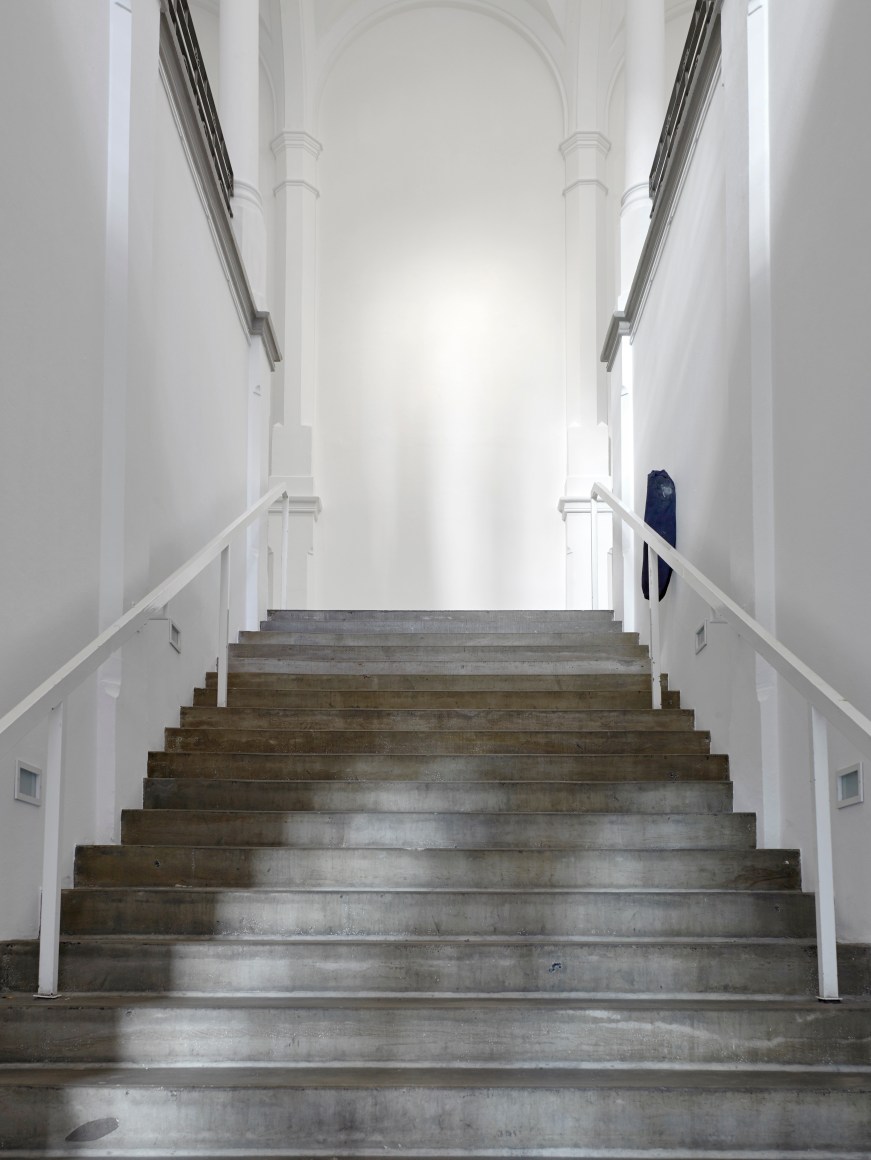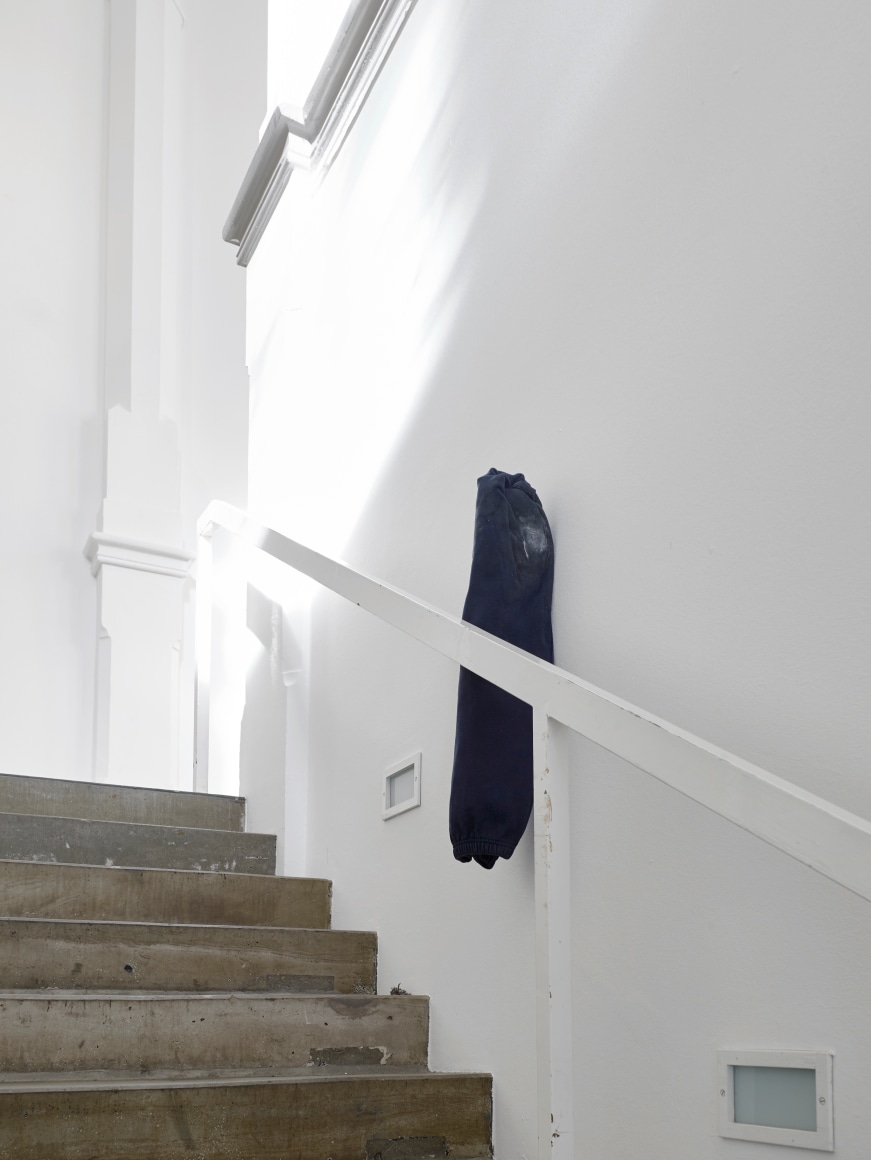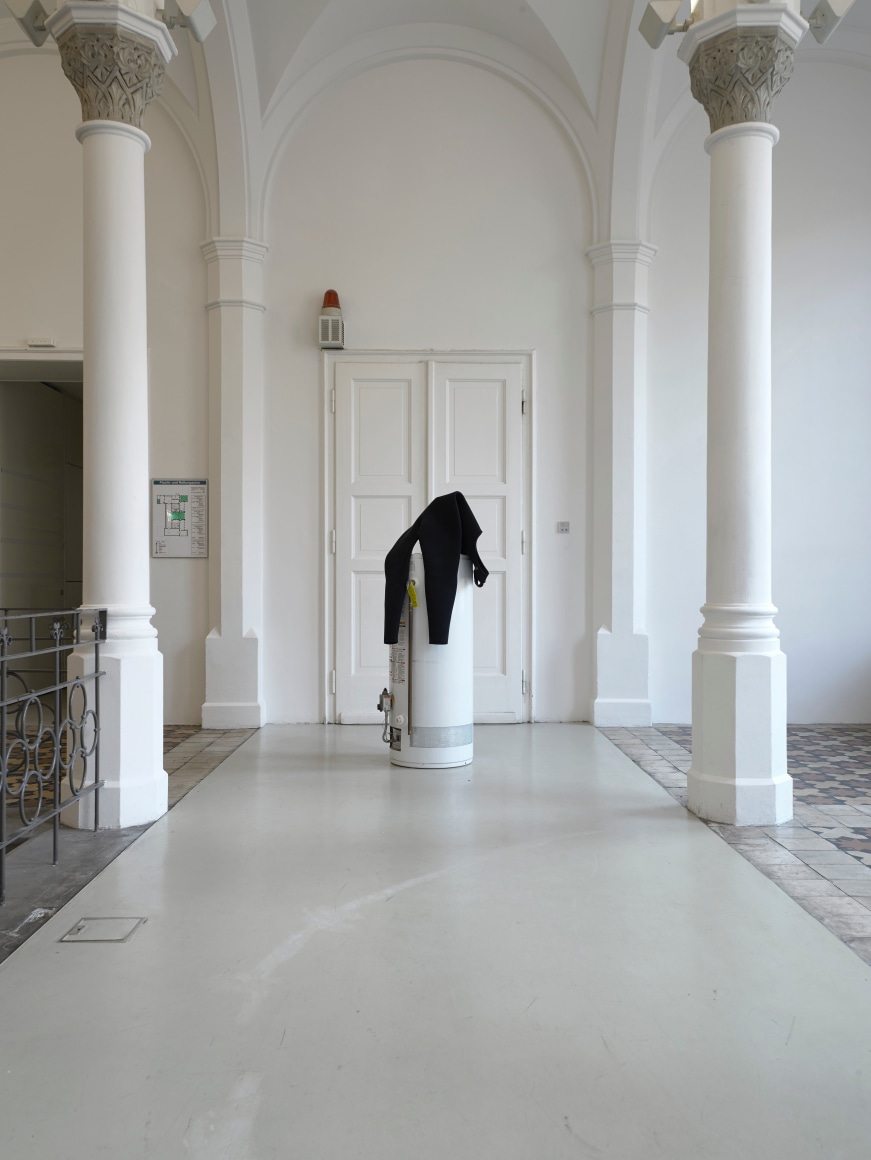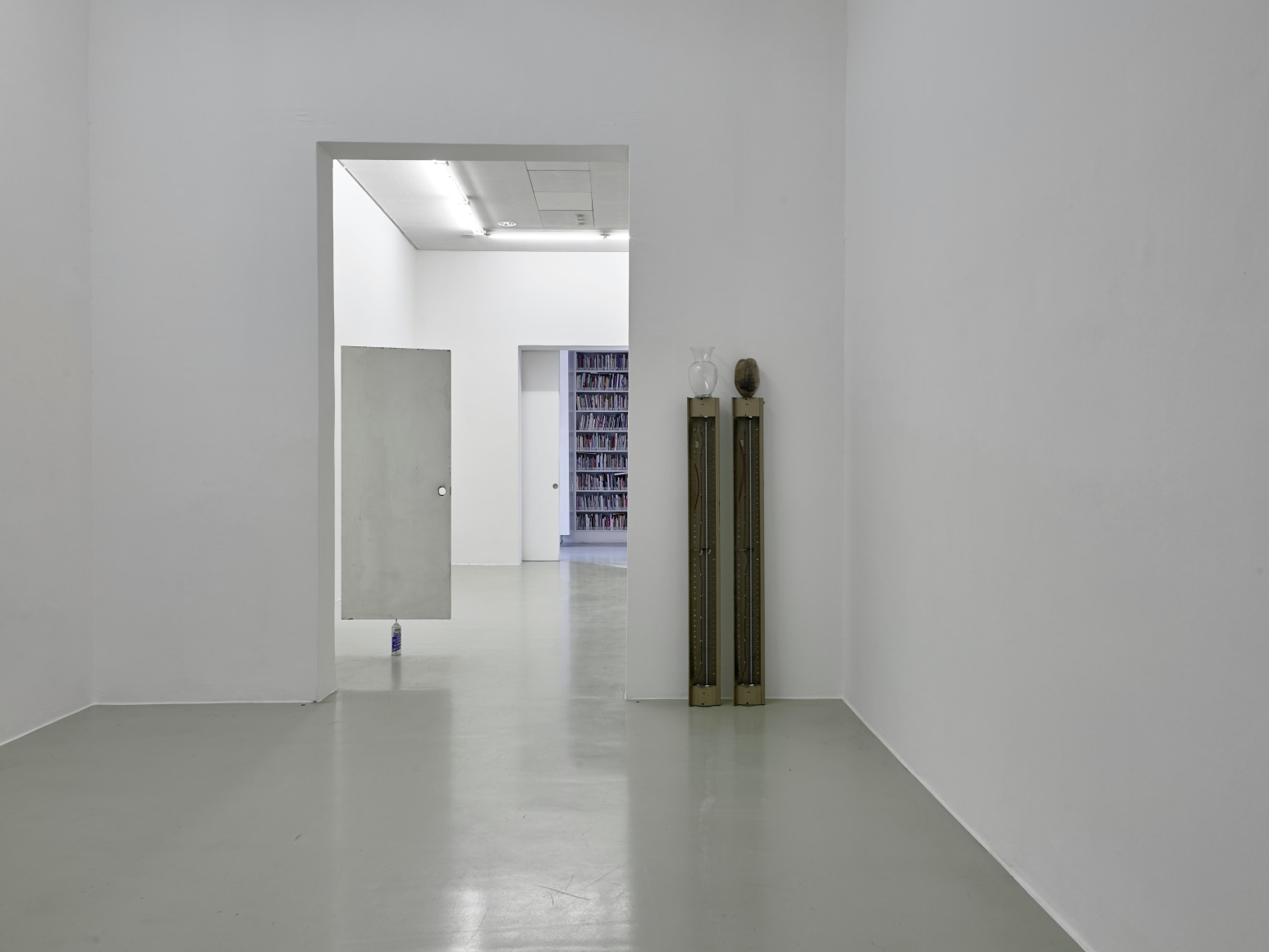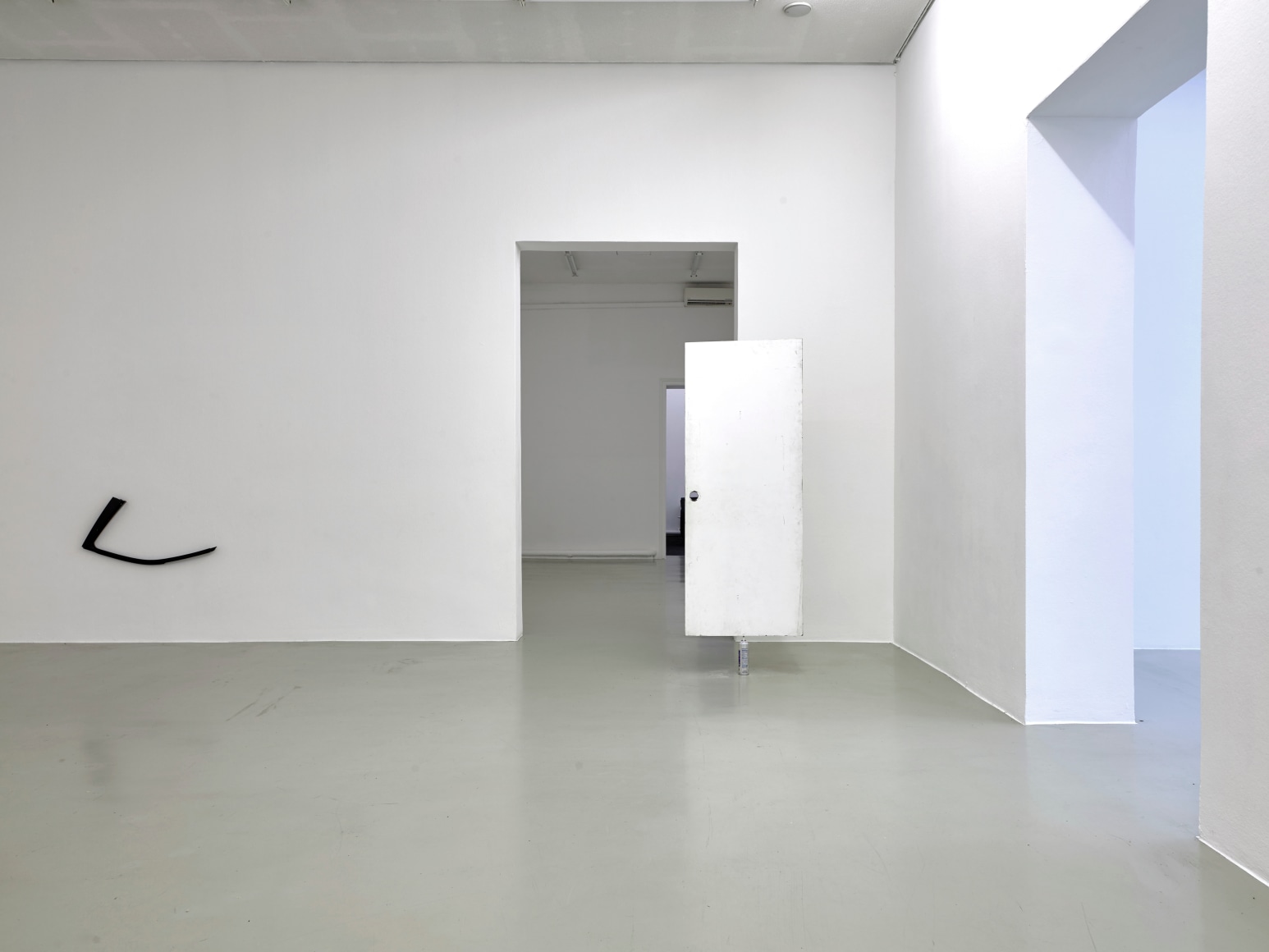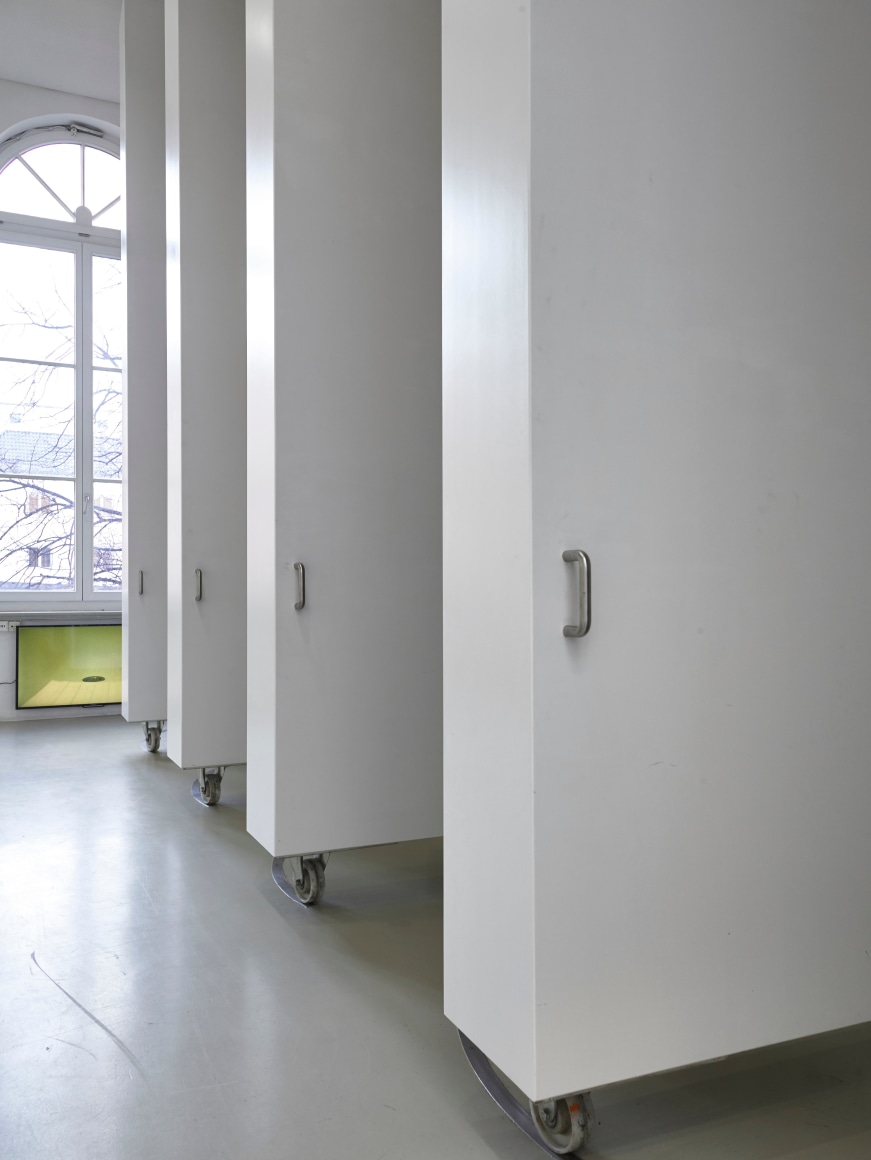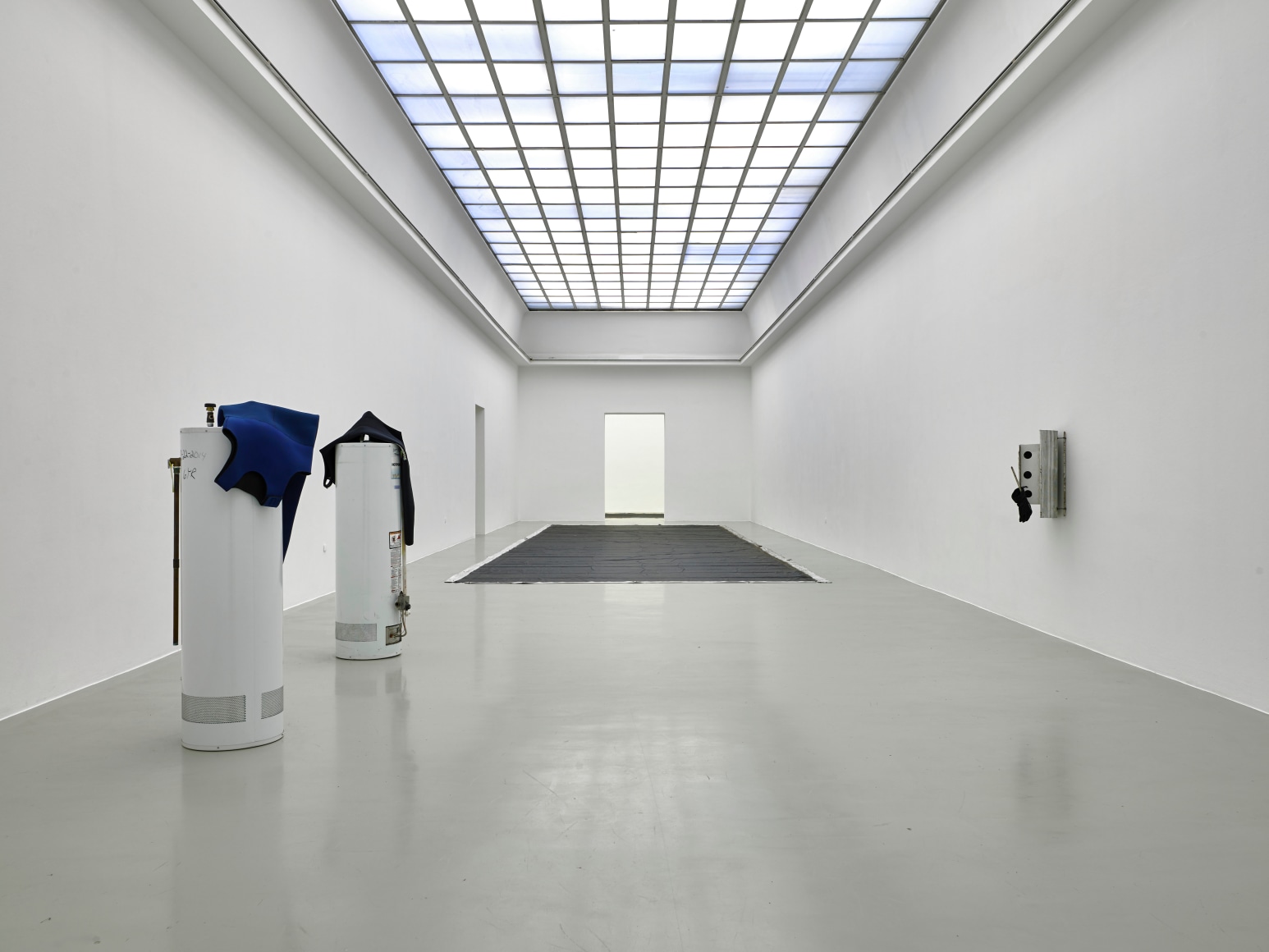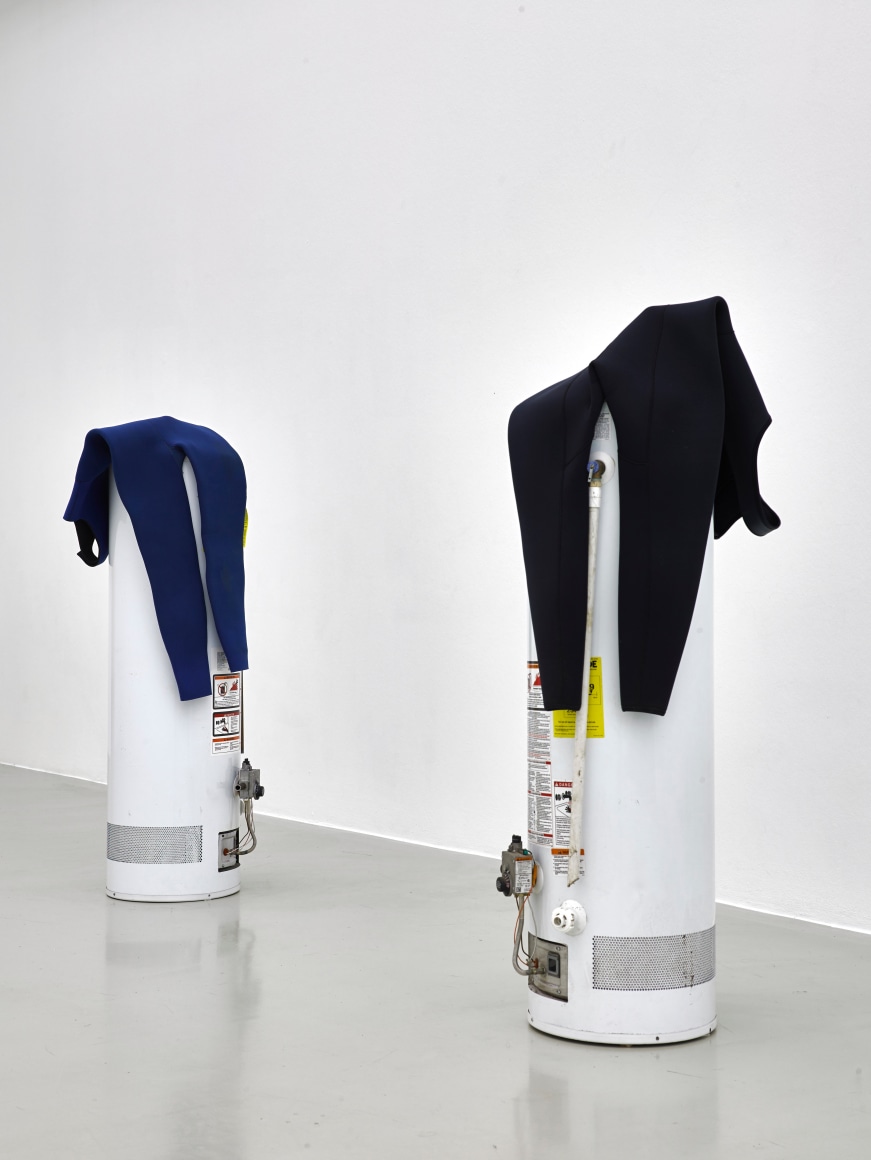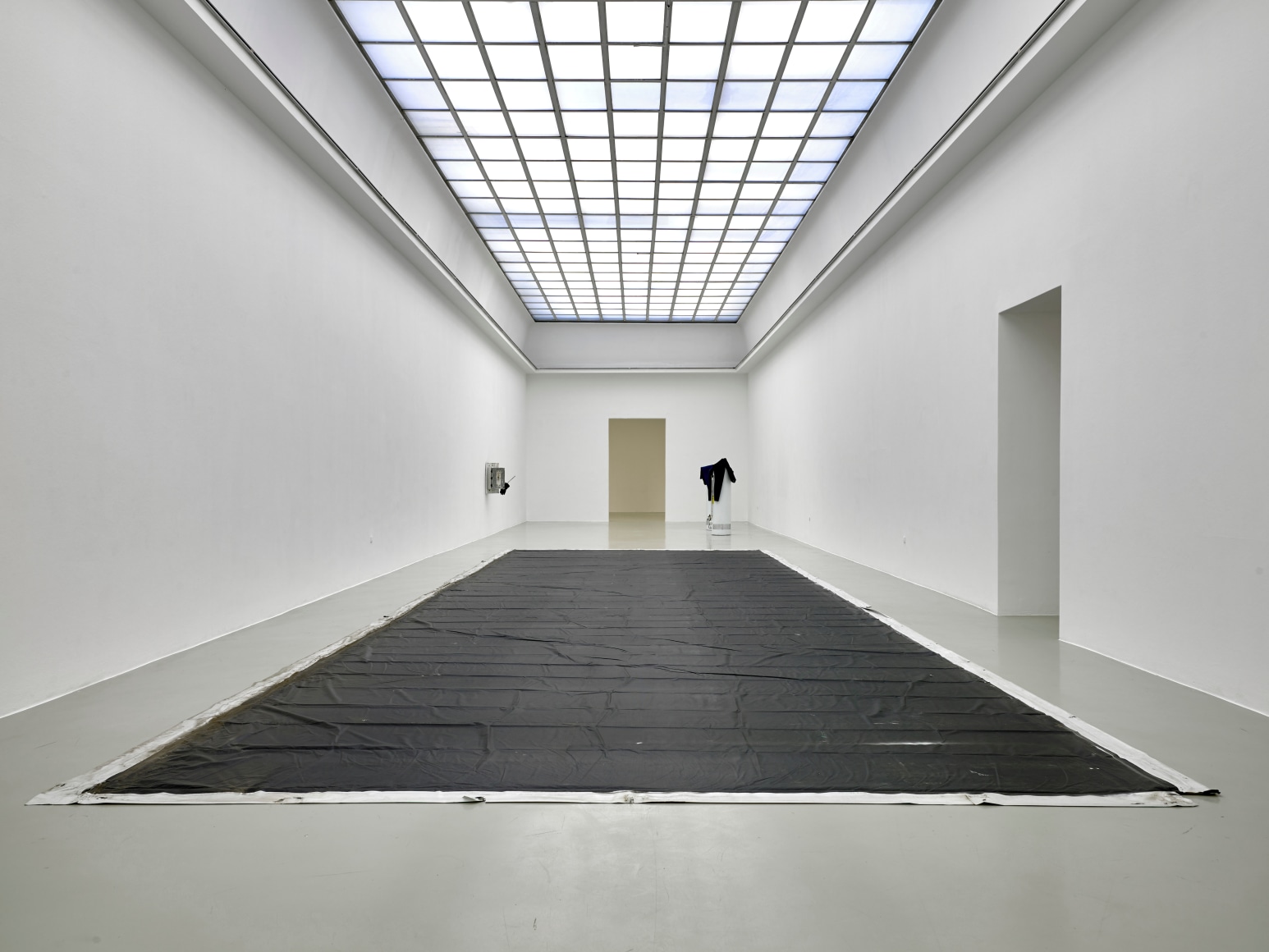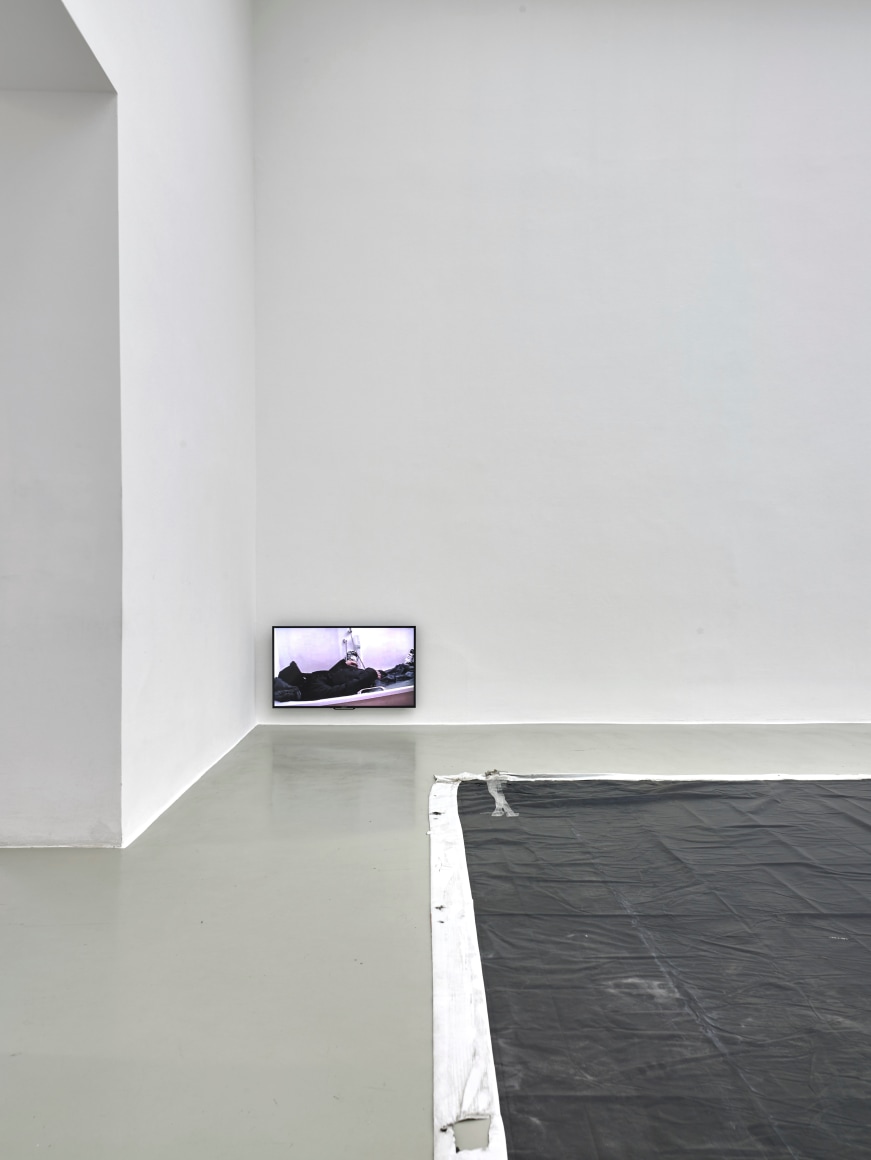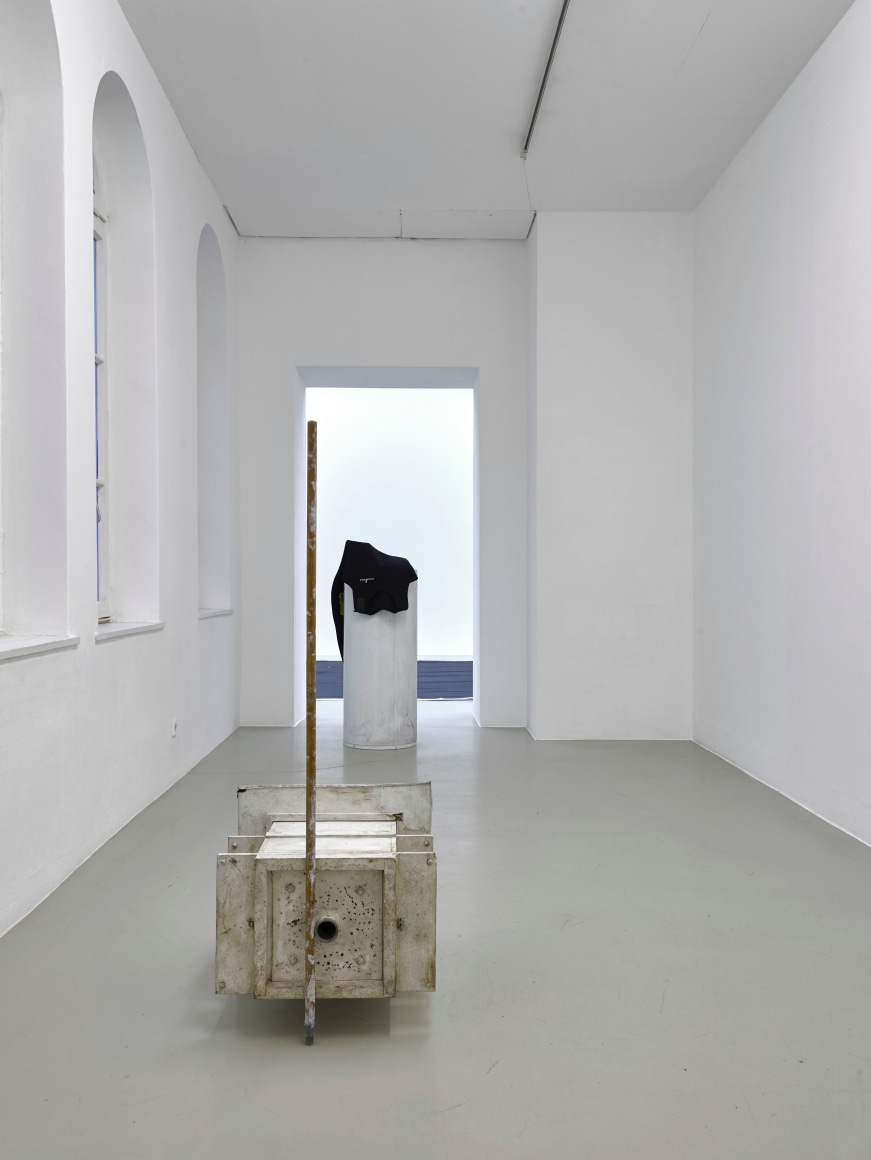The work of the American artist Michael E. Smith (*1977, Detroit) is characterized by a sparing choreography of the exhibition space. Working in painting, drawing, sculpture, and video, he addresses fundamental aspects of the human condition and the themes of growth and decay. He draws his inspiration and materials from everyday urban realities, the streets of America, and a range of contemporary social contradictions. Conceived specifically for the Kunstverein Hannover, the exhibition presents the artist’s sculptures, installations, and videos.
The exhibition of Michael E. Smith begins as soon as one enters the Künstlerhaus Hannover. Wall texts, directional signs showing how to navigate the building, and other communication media have been removed. This gesture of taking away and paring down all distracting elements is an important primary characteristic and a constitutive element of all Michael E. Smith’s exhibitions. More than simply deleting information, Smith is most concerned with using this strategy to achieve a form of concentration—allowing the viewer to focus on what is essential. His radical spatial constellations invite to concentrate to focus entirely on the art and the given space. He thereby achieves a spherical mode of installation that inscribes itself into the space; objects are arranged in corners, on the floor, and in other places that may seem random and incidental on the first impression.
After a year of preparation in his studio, the artist arrived, bringing with him finished, halffinished, and still-to-be-completed works in addition to a variety of materials. Over a ten-day work period, during which the Kunstverein served as his studio, Smith meticulously assessed, altered, and arranged his working materials in relation to the space and given lighting situation. Only after this process did the things attain a status of completion, fulfilling definition of the finished work of art. This surprising and unusual way of working is maintained by Smith without deviation or compromise.
Michael E. Smith’s hometown of Detroit could be described as the main inspiration for the mood that pervades his works. The city is emblematic of disappearances, specifically the dwindling of its (in most cases white) population, which was spurred by the demise of (the automobile) industry. As frequently discussed, Detroit also represents the “abandonment” of a city, which is now plagued by poverty and crime; Detroit has become a symbolic “remnant” of both a metaphorical and actual society.
(Source)

